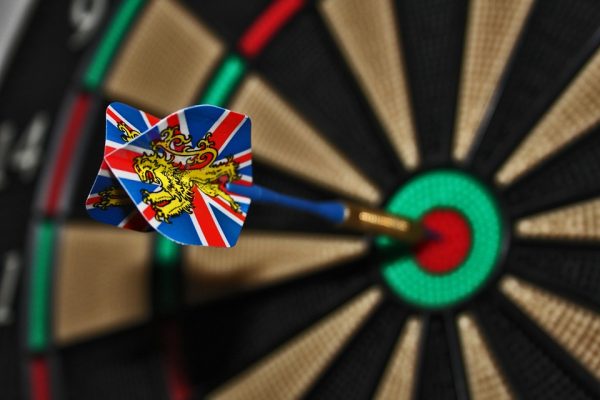Uncategorized
What is Mutual Capacitance Touchscreen Technology?
Touchscreen technology has become a mainstay in the modern-day world. It’s found everywhere from homes and workplaces to retail stores, restaurants, factories and even automobiles. Touchscreen devices live up to their namesake by allowing input via touch. The operator touches the display interface to perform various controls.
But there are several different types of touchscreen technology, each of which has its own strengths and weaknesses. Among the two most popular and widely used types are capacitive and resistive. We’ve talked about this before on blog, but in case you missed it resisitive touchscreens work by measuring pressure created by the operator’s touch. When you press down on a resistive touchscreen device, the device identifies this “resistance,” using it to determine your command.
In comparison, capacitive touchscreens work by identifying the electrical charge produced by the operator. The human body has a constant flow of electricity running through it. When you touch a capacitive device, some of this electricity is transferred. Granted, it’s not enough electricity to harm the device. But it’s still enough so the device can measure the difference.
Of course, there are also sub-types of both capacitive and resistive touchscreen technology. One such sup-type is mutual capacitance. So, what exactly is mutual capacitance technology and how does it work?
Going back to the basics of touchscreen technology 101: there are two types of capacitive sensing models: mutual and self (also known as absolute capacitance. In self-capacitance, the operator’s finger increases the parasitic capacitance to the ground. In mutual capacitance, the finger or stylus creates a change in the mutual coupling between the various rows and column electrodes.
Mutual capacitance touchscreen devices typically have a capacitor at each point in which the rows and columns intersect. For instance, if a 12×16 array device is being used, it would feature a total of 192 capacitors. The device then applies a small voltage to the rows or columns, creating a uniform flow of electricity that allows it to determine when and where the user touches. If you touch a mutual capacitance device, it creates a change in the electrical field — and this change is essentially the information that allows the device to identify touches. The chance in capacitance can occur anywhere on the grid, on both rows and columns. Mutual capacitance allows for advanced functions like multi-touch, which as the name suggests involves touching multiple points on the interface simultaneously..
Hopefully, this will give you a better understanding of mutual capacitance touchscreen technology and how it works.

